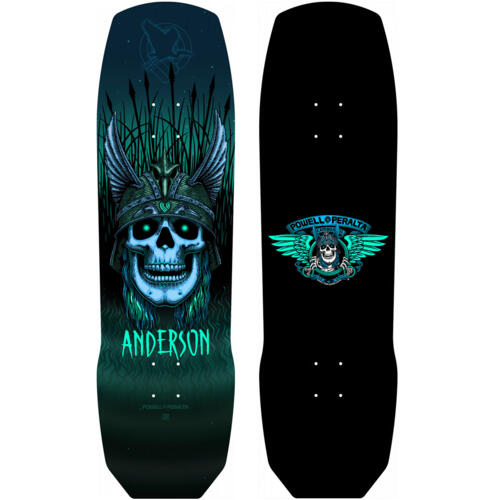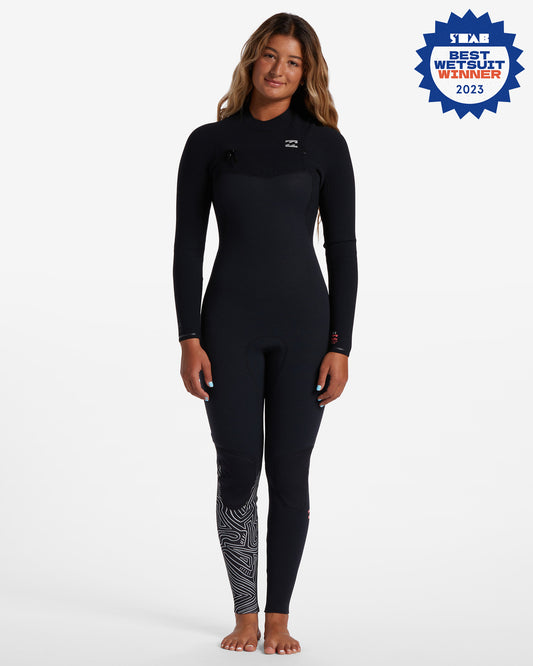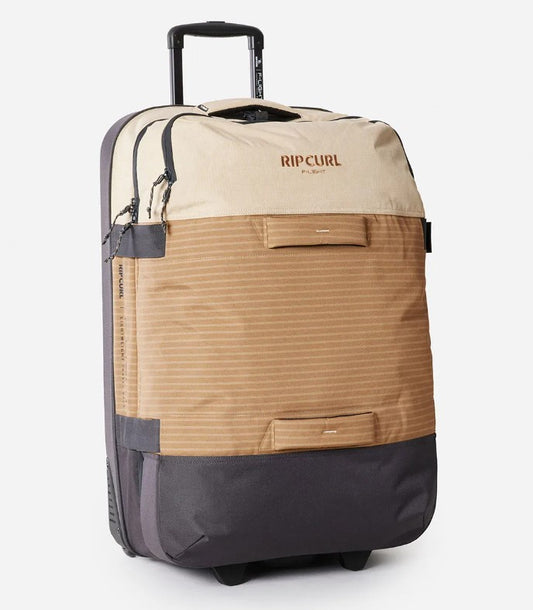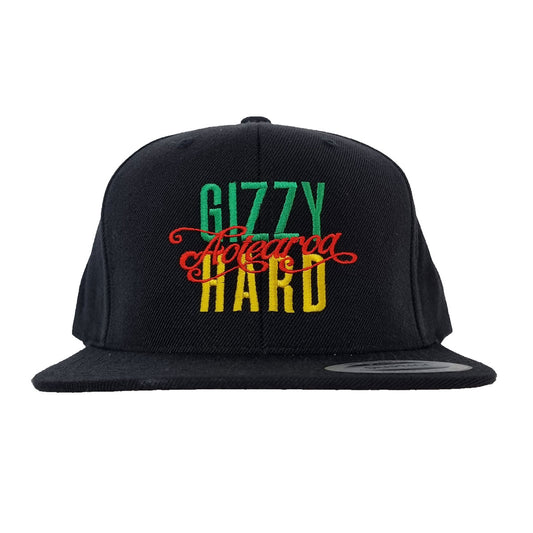You might think skateboarding is all about the flashy tricks and sick flips, but let's not forget the real MVP of every skater's arsenal: the board. From deck construction to wheel size, there's more to skateboard construction than meets the eye.
Below, we delve into the world beneath the grip tape and explore what makes an NZ skateboard more than just a piece of wood on wheels. While our friendly guide introduces you to the basics of skateboard customisation, it is not meant to be an overarching rule book. Consider your needs and preferences when customising your skateboard to create the perfect board tailored to your style and experience.
Understanding the Essential Components
Deck
The deck is the foundation of a skateboard. It provides a platform for the rider to stand on, allows for tricks, and influences the overall feel of the board.
The deck typically features layers of Canadian maple wood (as the gold standard), known for its strength, durability, and ability to withstand the stresses of skateboarding. Adding alternative materials during construction, such as resin and carbon fibre, can enhance the board's pop, durability, and overall performance.

Trucks
Trucks are the Y-shaped metal pieces that the wheels attach to and hold the skateboarder's weight, consisting of several components such as the axles, the kingpin, the hanger, the bushings, and the baseplate. These titans are the powerhouse behind every sick ride, determining the steering angle and how the skateboard feels as you ride it.
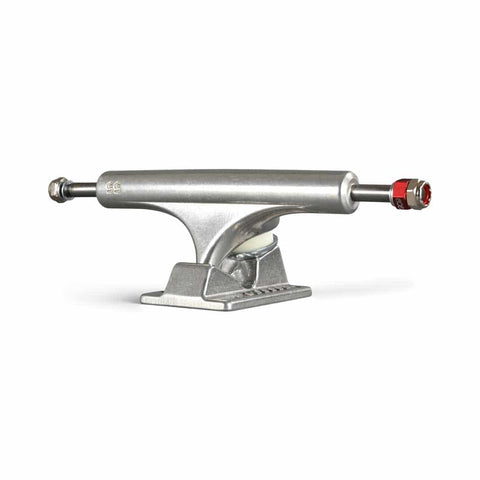
Wheels and bearings
Polyurethane is the material of choice for wheels, providing a balance of grip, durability, and shock absorption. The wheels' size and durometer (hardness) significantly influence the board's ride quality and performance.
Bearings consist of precision balls housed in an outer ring, inner ring, and shields to prevent the entry of dirt and moisture, facilitating smooth rolling. While steel is the standard material for bearings, ceramics offer less friction and a longer lifespan.

Grip tape
Grip tape is a coarse, sandpaper-like adhesive typically made of silicon carbide applied to the top surface of the skateboard deck. It is a vital element of skateboard construction, providing the necessary traction and grip for the rider's feet. Sufficient grip allows better control and stability for manoeuvres and tricks.
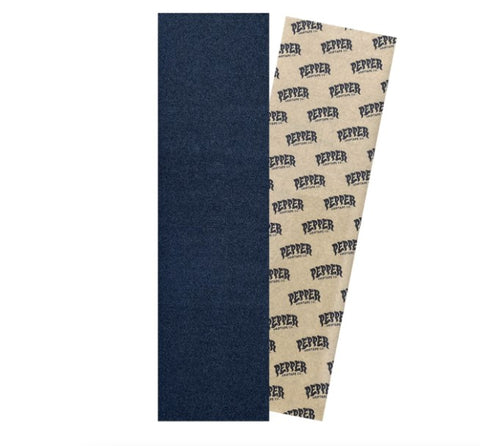
Putting It All Together
Firstly how a skateboard deck is constructed. You don't need to worry about making a deck as we have you covered with a range of skateboard decks NZ . This is more for your understanding of the process
Layering and Gluing
In building a skateboard, the initial step involves preparing the veneers (typically around seven thin maple wood layers) and gluing them together like a skateboard sandwich for the desired strength and flexibility.
The first step in making a skateboard deck is to cut the big maple veneer planks to the same size—a standard skateboard measures 28" - 33" long and 7.75" - 8.25" wide.
The configuration of these veneers plays a pivotal role in determining the board's pop, stiffness, and durability. Resin further enhances the deck's robustness, serving as a crucial bonding agent for the layers, creating a solid and resilient structure to withstand the demanding nature of skateboarding.
Consider integrating carbon fibre into the deck construction for an extra dash of spice to improve your board's pop, durability and performance significantly. Renowned for its high strength-to-weight ratio, carbon fibre makes your board responsive, lively, and ready to pull off tricks that'll make your mates go, "Whoa!"
There are two ways to go about the pressing stage:
- Mould-pressed:Pressure and heat shape the veneers into the classic skateboard form.
- Vacuum-pressed:Using a vacuum bag and atmospheric pressure for a potentially lighter and stronger product.
Proper adhesion is paramount throughout the skateboard construction process for optimal performance and durability.
Shaping and Cutting
Before cutting out the custom-shaped deck, the outline of the desired final shape is drawn on the veneer, often with a paper template. Once the outline is complete, the deck is cut to the desired shape.
Sanding the edges down helps remove any rough spots or edges, and the deck is coated with a dash of sealant to bring out the wood colours. If you want to make a statement, this is the stage where you can apply graphic designs for a splash of personality.
Assembling
Assembling a skateboard is an art. It involves the harmonious integration of each component, with even subtle adjustments to different parts noticeably impacting the board's performance.
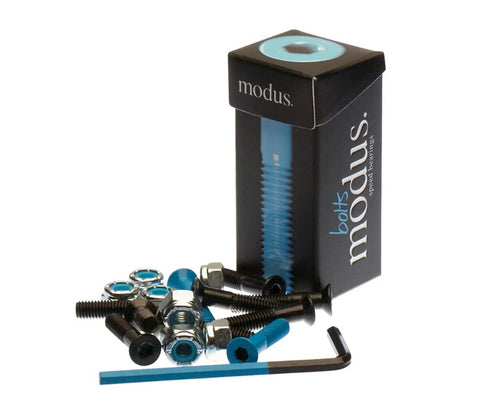
The trucks are bolted to the underside of the deck with hardware (bolts and nuts), securing those trusty metal brackets to the underside. The wheels are then pressed onto the axles of the trucks and secured with bearings and nuts. Grip tape is carefully applied to the top of the deck, ensuring full coverage and good adhesion.
New boards might need some riding time to loosen up and hit that optimal performance level. It's like breaking in a new pair of skate shoes – the more you ride, the better it gets.
How Can I Customise My Skateboard?
Choose Your Deck and Grip Tape
Shape
- Popsicle deck: This symmetrical deck shape is the most common choice and is ideal for street and park skating.
- Pool or bowl deck: This old-school style typically features a slightly wider profile and is preferred for transition skating.
- Shaped deck: These shapes have emerged in recent years as a hybrid of street and old-school pool decks, offering versatility for transition skaters who dabble in street sessions.
- Cruiser deck: Typically featuring a small, curved tail and flat nose, these decks usually come fully assembled and are perfect for smooth rides in the city to get you from point A to B.
Size
If you're unsure what size board suits you best, your shoe size and height can guide you in this decision-making process. Generally, larger shoes suggest a wider board, while your body size can indicate the appropriate deck length—shorter boards work well for smaller individuals and vice versa.
Wider boards offer a smoother ride at higher speeds, suitable for those into gaps, transitions, or high-speed cruising. However, their weight makes them slightly harder to flip.
On the other hand, narrow boards are lighter and easier to flip, making them advantageous for beginners learning tricks with less power. Experiment with different sizes and find the most comfortable fit.
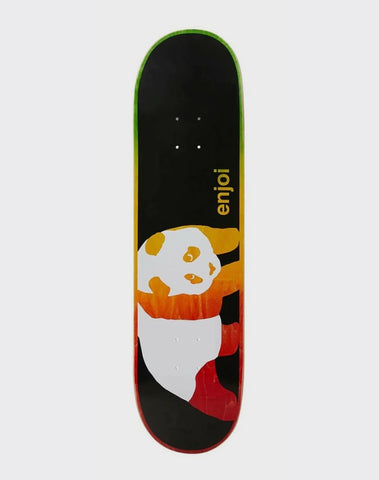
Concave
The longitudinal curvature of your board significantly impacts your riding experience and can come in three options: low, medium, and high. A higher concave increases pressure on your deck's edges, enhancing steering precision and facilitating easier board flips.
For beginners, we recommend starting with a medium concave board. You'll be able to determine your preferences through trial and error as you become more acquainted with skateboarding.
Common Deck Construction Technologies
Beyond the traditional 7-ply construction, skateboards offer a variety of special deck construction technologies that enhance durability and provide unique features.
For example, an 8-layer maple wood construction adds stability and rigidity to the board. Alternatively, you can fuse an 8-layer board with epoxy resin and reinforce it with carbon fibre discs at the bottom layer where the trucks meet the board. This design effectively absorbs impact forces during trick landings, preventing the board from breaking.
Various technologies exist in the skateboard construction world. Explore what your local skate store can offer to tailor your skateboard to your desired specifications.
Grip Tape
Available in countless colours, prints, graphics, and brand logos, grip tape allows skaters to personalise their boards to match their unique style. Additionally, it comes in different widths to further cater to individual preferences.
It's crucial to prevent air bubbles from becoming trapped between the tape and the deck when applying grip tape. You can achieve this by applying the sheet in small increments. If small bubbles occur, use your grip tape cutter to poke a small hole, allowing the air to escape and maintaining a smooth application.
Select Your Trucks
Width
Ensure that the truck width aligns with the width of your skateboard for optimal performance. Avoid trucks that are excessively wider than the deck, as this can shift the centre of gravity to the side, potentially impacting flip tricks and the overall board feel.
Height
The height of your trucks significantly influences the skateboarding experience. Low trucks are lighter and live up to their name, maintaining a lower profile that brings the deck closer to the ground, enhancing stability in deck handling. However, this skateboard construction choice increases the chance of wheel bite.
Mid or standard trucks balance the low and high options, making them versatile for various skateboarding styles. High trucks position the rider slightly above the ground, leading to a steeper incline during popping and the potential for higher ollies. However, high trucks are heavier and may introduce some instability due to the steeper angle when turning.
Kingpins and Bushings
The kingpin actively connects the truck's top and bottom – the axle (or hanger) and the baseplate.
By adjusting the kingpin nut, one can determine the tightness or looseness of the hanger. Tighter trucks offer less turning, which is beneficial for beginners, but as your skateboarding skills progress, loosening the kingpin enhances manoeuvrability.
Bushings on the kingpin above and below the hanger are crucial in holding these components together. With varying levels of softness and hardness, the choice of bushings directly influences flexibility. Softer bushings increase flexibility and better turning capability, while harder bushings resist compression, making it harder for the trucks to turn.
Pick Out Your Wheels
Size
Choosing a wheel size in skateboard construction often depends on the size of your trucks. Low trucks pair well with small wheels, while medium wheels complement mid trucks. High trucks are versatile, accommodating all wheel sizes. Shock or riser pads are also advisable for smaller trucks and larger wheels to prevent wheel bite.
Skateboard wheels are available in various sizes, denoted by their diameter in millimetres (mm), typically between 50 mm and 59 mm. Smaller wheels offer faster acceleration, are lighter, and more compact, albeit with a lower top speed. Conversely, larger wheels ensure a smoother ride on rough terrain, as they easily navigate obstacles.
Consider your skateboarding style when choosing wheels: opt for small wheels (50-53mm) for street skateboarding, mid-sized wheels (53-56mm) for small ramps and mini-ramps, and larger wheels (up to 59mm) for vert skateboarding. We recommend all-around wheels with a 53-56mm diameter for beginners or if you’re undecided.
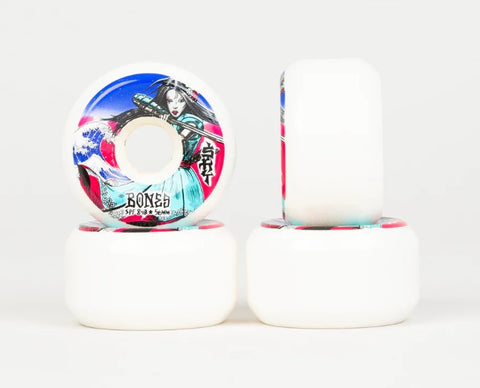
Hardness
In skateboard construction, the hardness of the wheels is a critical factor, measured in durometers on a 100-point scale denoted as the A Scale
Skateboard wheels typically range from 75A to 100A, with higher numbers indicating increased hardness. Soft skateboard wheels, ranging from 78A to 92A, excel on very rough surfaces, making them suitable for cruising and filming due to their ability to absorb ground unevenness and minimise noise. While they provide ample grip, soft wheels are slower than their harder counterparts, making powerslides more challenging.
Medium-hard skateboard wheels, falling between 93A and 95A, offer a balance of hardness and speed, making them ideal for street skating on rough surfaces or leisurely cruising through the city.
Hard skateboard wheels, ranging from 95A to 99A plus, are perfect for beginners, excelling in various terrains, including streets, skate parks, and mini ramps. These wheels balance between sliding when desired, providing ample grip, and maintaining reasonable speed.
Find out more here in our wheel durometer blog
Decide on Your Bearings
Skateboarders can use ball bearings without shields, either open or semi-open. While open or semi-open bearings may be more susceptible to contamination, they offer a slight increase in speed. The louder sound produced by skateboards equipped with open bearings adds a unique auditory dimension to the skateboarding experience.
Each skateboard wheel has two bearings; if desired, you can insert a spacer between them. This small metal cylinder prevents the bearings from being pushed into the centre of the wheels during the tightening of the axle nut, safeguarding them from potential damage. Additionally, spacers play a vital role in maintaining the parallel alignment of the bearings.
Click here to find Bones Reds bearings, the industry standard worldwide

Let’s Roll!
If you're at the crossroads of buying or customising a skateboard, there are several things to consider. Cost-wise, a complete board might be the budget-friendly option, but custom specs are where the magic truly happens—if your wallet agrees.
Customising is all about matching your ride to your vibe. If you're feeling lost, the friendly team at Blitz Surf Shop would be delighted to offer skateboard construction tips for a suitable board unique to you.
Alternatively, complete skateboards, like those from Globe, come in countless designs and colours for the perfect introduction to the skateboarding world. Check out the range of boards or browse skate protective gear from Blitz now!
